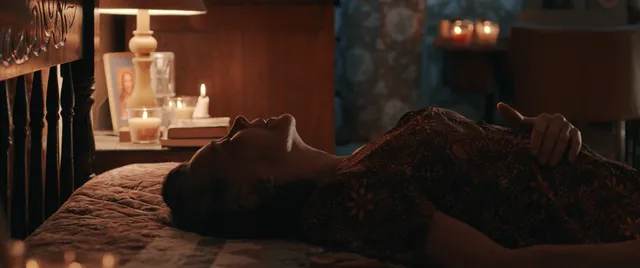Interview: Antonella Sudasassi
- Jennifer Green

- Dec 11, 2024
- 2 min read
Q&A with the director of Costa Rica's International Oscar entry.
Costa Rican director Antonella Sudasassi spent two and a half years talking with older women for her film Memories of a Burning Body (Memorias de un Cuerpo que Arde), Costa Rica’s submission for the International Oscar.
“In the beginning, I was looking for a specific kind of woman,” she says. “I was looking for someone more traditional, who got married, had kids, always lived with her husband and eventually died or divorced or whatever.”
“I also looked for someone who was more open about her sexuality,” she adds, admitting that she thought her initial “idea of talking about sexuality and trying to understand how women of that age live their sexuality” might be funny and full of “juicy details.”
Sudasassi initiated the project out of a longing to have had these conversations with her own grandmothers before they died or lost their memories.
But through the long conversations with the women, which took place during the COVID shut down, Sudasassi says she “realized that it was about something else. It was about identity. It was about understanding themselves as women.”
“And quite honestly, when I started talking to them, I realized that they had never talked about this with absolutely anybody, not even their mothers, daughters, sisters or granddaughters. They’d never talked about this, and they had such a need to talk about it. It felt a bit urgent for them to talk about it.”
Indeed, the women interviewed reveal very personal information. There are eight voices in the film in total, though only one woman is seen on screen (and younger versions of her), and she is an actress embodying the group of interviewees. Sudasassi says she decided to “intertwine” their voices and stories and wrap them into one “because I felt like there was such a common experience, even if the context was different.”
The result is a fascinating piece of documentary work (that some are calling fiction because of the dramatized reenactments of the women’s words). In an interview with AWFJ, Sudasassi explains her process.
Read the interview on AWFJ.org at this link.





Comments